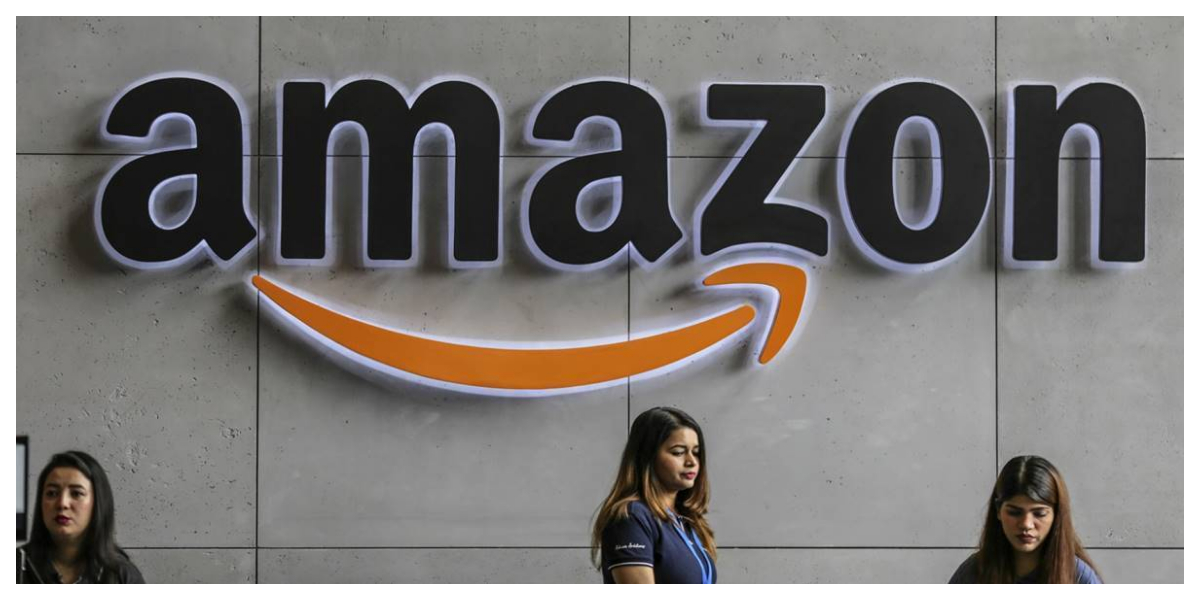- For 238 billion rupees ($3.05 billion), a Reliance-backed joint venture secured the rights to stream Indian Premier League cricket matches online.
- “The final call was based on cost numbers,” Tiwary said in one of his first interviews as country head, on the 27th floor of Amazon’s India offices in Bangalore’s northern neighborhood of Yeshwanthpur.
Manish Tiwary had only been in his new role as the CEO of Amazon .com Inc.’s India business for a few months when he was presented with a difficult decision: how aggressively should the US e-commerce giant compete for media rights to the Indian Premier League?
The acquisition of digital streaming rights to the cricket tournament would be a significant coup, potentially attracting hundreds of millions of people to Amazon. However, Tiwary and his colleagues will have to compete with deep-pocketed behemoths such as Reliance Industries Ltd. Amazon pulled the plug on the auction before it had begun. Tiwary and other senior executives in Seattle determined that those billions would be better spent on Amazon’s e-commerce company.
Read More: Jim Cramer: Fear market that steady rise in oil prices will lead to a recession
“The final call was based on cost numbers,” Tiwary said in one of his first interviews as country head, on the 27th floor of Amazon’s India offices in Bangalore’s northern neighborhood of Yeshwanthpur.
It’s a foreshadowing of the difficult decisions that await the 52-year-old former Unilever Plc executive, who began his present post in February. The almost 1.4 billion-person country may be Amazon’s most intriguing long-term prospect, but it’s also exceedingly difficult, with powerful local competition, a cantankerous government, and highly price-sensitive consumers.
Read More: Volkswagen is looking to set up new electric vehicle & battery plants in US
Amazon began to target India under founder Jeff Bezos, who frequently visited the nation and socialized with Prime Minister Narendra Modi. To increase its presence in India, the corporation has invested more than $6.5 billion, hired 110,000 people, and built 60 warehouses.
Tiwary believes that the next stage of growth will come from expanding outside India’s major cities to Bharat, the less affluent, non-English speaking population in rural areas. He expects this campaign to bring in the next 100 million shoppers.


















